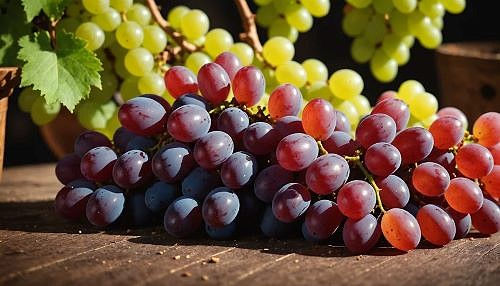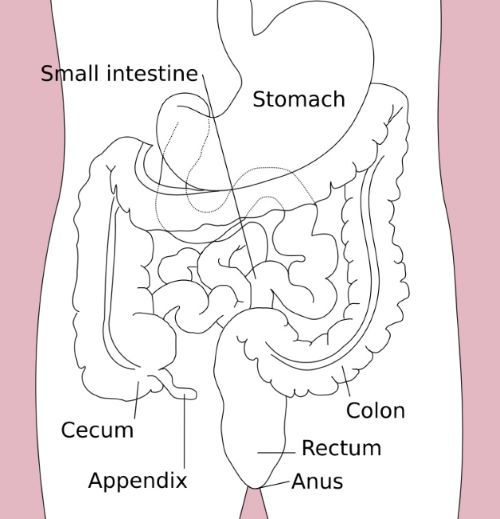The Probiotic Yeast: Saccharomyces boulardii
- Sylvia Rose

- Feb 10
- 5 min read
Saccharomyces boulardii is a probiotic yeast strain in the gastrointestinal tracts of humans and other organisms. A variant of brewer's yeast, it has unique traits and survival skills to optimize its vital functions.

About Saccharomyces boulardii
A non-pathogenic yeast, it belongs to the Saccharomyces genus, which includes yeast commonly used in baking and brewing. Unlike bacterial probiotics, S. boulardii is a eukaryote, having a true nucleus.
This yeast can survive different environments, including low pH. Its optimal pH range is 5 - 6.5. Its cell wall is made of glucans and mannans, enabling it to stick to the intestinal lining.

Yeasts lack the ability of independent movement. Nonetheless they're active in their environment. They can gauge the number of yeasts of their species and other microbes nearby, and send signals to nearby cells, which are then relayed to those further away.
Yeast can stick to a substrate or let go and float with the movement of fluids, passing through the body. Outside the body, yeast travels on dust motes, animals, wind currents and water drops. It senses concentrations of sugar, as in the ripe grapes colonized by wild yeast.

Yeasts reproduce by budding and can form chains of daughter cells if scoping out the environment or expanding colonies. Cells of these chains are in communication with each other and the matriarch or main colony.
Yeast cells also secrete toxins to battle pathogens. S. boulardii is not present in every person. It's believed to exist in some tropical fruits and their rinds. It's also found in the intestines of animals like pigs and calves.

This yeast coexists and cooperates with other microbial populations. Yeast enjoys the company of other intestinal microbes like Lactobacillus, and acetic acid bacteria like Bacteroidetes. They're often together in the wild.
S. boulardii is a saprophyte and gets nutrients from decaying organic matter. In the GI tract it primarily feeds on sugars like glucose, fructose, and mannose.

As it metabolizes the sugars, S. boulardii produces byproducts like carbon dioxide and ethanol. Bacteroidetes and other acetic acid bacteria swoop in to do their jobs and transform ethanol to acetic acid.
The SCFA acetate is a salt of acetic acid. Acetate is the most common and versatile of the SCFAs. Another, butyrate, provides energy to colon cells. S. boulardii also nourishes beneficial bacteria.

Medical Effects of Saccharomyces boulardii
Diarrhea: It's used to prevent and treat antibiotic-associated diarrhea, traveler's diarrhea, and diarrhea caused by Clostridium difficile infections. It's able to bind to and inactivate toxins produced by these pathogens.
Digestive Health: S. boulardii helps maintain a healthy balance of GI microbes, preventing overgrowth of harmful bacteria. Some genetically engineered Saccharomyces spp. can produce bacteriocins, acetic acid and enable production of lactic acid. In nature the latter two aren't functions of Saccharomyces.

Inflammation: It can modulate immune response in the GI tract, potentially reducing inflammation associated with conditions like inflammatory bowel disease (IBD).
Nutrient Absorption: By improving the overall health of the intestinal lining, S. boulardii can help in absorption of essential nutrients.
Immune Function: Digestive health is linked to immune and mental health as well as physical. S. boulardii stimulates immune cell activity.

Special Talents and Survival Skills
Acid and Bile Tolerance: S. boulardii is remarkably resilient, able to withstand low pH and bile salts. pH is lowest in stomach acid (1 - 3.5) and alkalinity changes as the route progresses. The small intestine has a pH of 6-7.5, while the large intestine ranges from 6-7.
High Growth Rate: The yeast can multiply rapidly, allowing it to quickly colonize favorable environments.
Antibiotic Resistance: S. boulardii is inherently resistant to most antibiotics, making it a valuable for managing antibiotic-associated diarrhea.
Biofilm Formation: It can form biofilms, which provide a protective layer against external threats and enhance its survival in the body.

Nurturing Saccharomyces boulardii
Probiotic Supplements: Supplements containing S. boulardii are available.
Diet: Fiber-rich foods and complex carbohydrates promote a healthy GI environment and support growth of beneficial microbes, including S. boulardii.
High fiber foods like fruit, vegetables and whole grains, work synergistically with S. boulardii. In the intestine, bacteria decomposes fiber into its component sugars, such as the monosaccharide glucose, beloved by yeast and many bacteria.

Facts About Saccharomyces boulardii
S. boulardii is first isolated in 1923 by French microbiologist Henri Boulard from lychee and mangosteen fruit skins in Indochina (now Vietnam).
It's considered a biotherapeutic agent, used to treat or prevent disease.
Saccharomyces boulardii cells are transient and commonly found in human feces, eliminated from the body by bowel movements.
Heat Sensitivity: Proper storage of live yeast keeps it vital. S. boulardii is sensitive to heat. Yeast cells are killed by temperatures of 60°C (140°F) or higher, as in baking and brewing.

Non-Fiction Books:
Fiction Books:
READ: Lora Ley Adventures - Germanic Mythology Fiction Series
READ: Reiker For Hire - Victorian Detective Murder Mysteries


